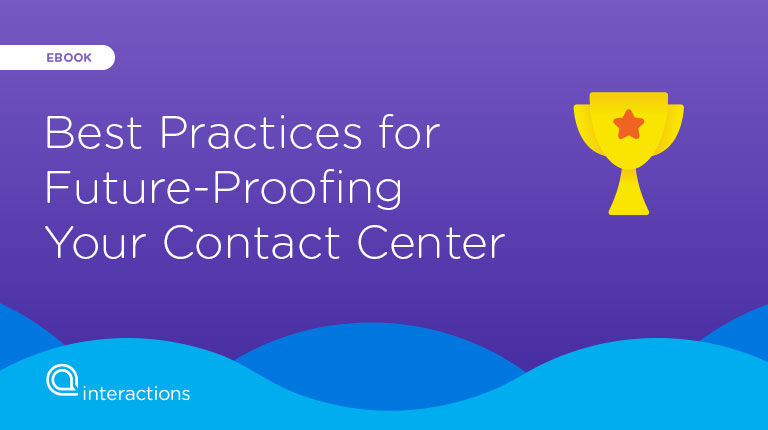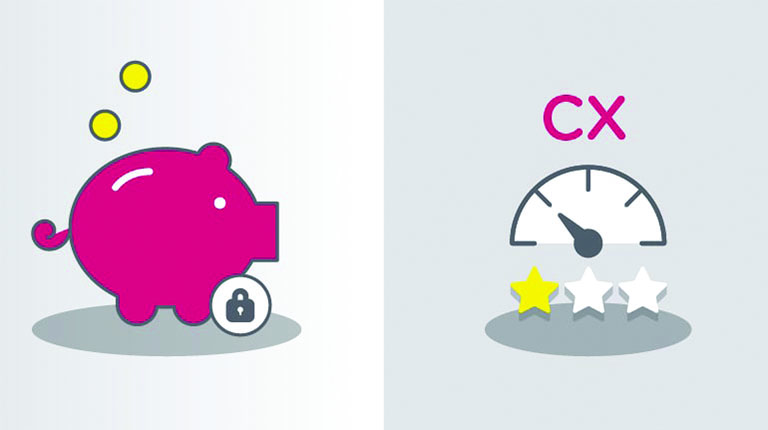Uncertainty is all around us. It’s safe to say that even with the best preparation and protocol, businesses are still facing challenging times and making tough decisions. But while some businesses have taken a particularly hard fall, we still see some–even in the hardest-hit industries–calmly and efficiently handling this crisis when it comes to customer relationships. And while there are many factors influencing organizations right now, it becomes clear that those with tested, thorough, and agile Business Continuity Plans are seeing the benefits.
According to Mercer, 51% of companies around the world have no plans or protocols in place to combat a global emergency, such as coronavirus (COVID-19). And when it comes to customer experience, it’s important that especially during times of uncertainty and chaos, communication is still efficient and customers have the ability to ask questions and get answers without frustration. This not only gives peace of mind to customers in the short-term, but builds a strong customer relationship that will result in loyalty after the crisis has ended.
First thing first. What is a BCP?
A Business Continuity Plan, or BCP, is a written procedure designed to keep business processes operating as smoothly as possible during unpredictable events. The goal of a BCP for a contact center is to minimize the disruption to both agents and customers, so that business can continue as normally as possible. A BCP for a contact center should be aligned with the overall organization’s BCP to ensure a cohesive message and streamlined protocol throughout the enterprise.
A successful BCP requires a thorough evaluation of the contact center and addresses all possible scenarios that could occur. In a contact center, there are two main components that require the highest level of attention: employees and technology. Because employees are essential to keep operations running smoothly, it’s important to train them proactively and often so they are aware and prepared for unexpected changes. Technology can pose a larger challenge, depending on the systems being used. For example, a virtual agent that is a cloud-based managed service wouldn’t require the same level of attention as an on-premise solution for organizations. In a crisis, a cloud-based solution means that you can be confident in the flexibility, reliability, and security of your virtual agent without investing time or resources into maintenance and upkeep.
Beyond the level of preparedness for both technology and employees, there are a few key factors that differentiate a successful contact center BCP from the rest. Read on to learn 5 “must haves” in your BCP that can make emergencies a bit easier to handle.
Streamline messaging and communication.
A contact center is at the forefront of communication with customers. To decrease customer effort and deliver more effective communication, send out proactive notifications to appropriate channels. By anticipating frequent customer inquiries, this solution can reduce and redirect inbound inquiries to the contact center, which not only helps customers, but also relieves stress for agents. One of our clients was able to send messages to customers to prevent overloading agents during an emergency. It’s important to have a technology in place that is able to deliver these proactive messages.
Scale, and fast.
Often crisis situations will drastically increase the call volume that the contact center is experiencing. It’s not enough just to be able to scale, but a BCP must have a plan to scale quickly. Technology, such as virtual agents, can be used to handle an unlimited number of data-driven and transactional tasks, so that agents can focus on the customers that need their assistance. Ultimately, your virtual agents replicate your brightest and best agents while keeping your vital business rules flexible and scalable.
You need a backup for your backup.
Businesses must consider the worst-case scenario. As we’ve seen with COVID-19, agents globally had to be either furloughed or pivoted to work from home. Because not all businesses were prepared for this, many have not only felt the pressure of increasing call volumes, but also the decrease in live agents. Emergencies don’t follow guidelines, so your BCP must be agile to account for parts of the plan that break down.
Test, test, test.
It’s important to realize that a successful BCP is more than just words on a paper. There needs to be evidence and tests to prove that the BCP can be executed if needed. It will require some financial input, but at the end of the day, spending money on preparedness may save your business in the long run. Run tests periodically on all aspects of the plan, including testing backup technology infrastructure and remote working capabilities, to ensure they are always able to perform.
Don’t compromise on security.
Ensure that your BCP plans match with your regular business standards and also address heightened security of emergency protocols. It’s important that your organization’s and customer’s personal and financial data is handled and processed securely when you failover to backup infrastructure and/or require agents to work from home.
No one could have predicted the level of preparedness that COVID-19 has required, but businesses can use this as an opportunity to refine their emergency preparedness for the future. To learn more about future-proofing your contact center, check out our eBook on the topic.





